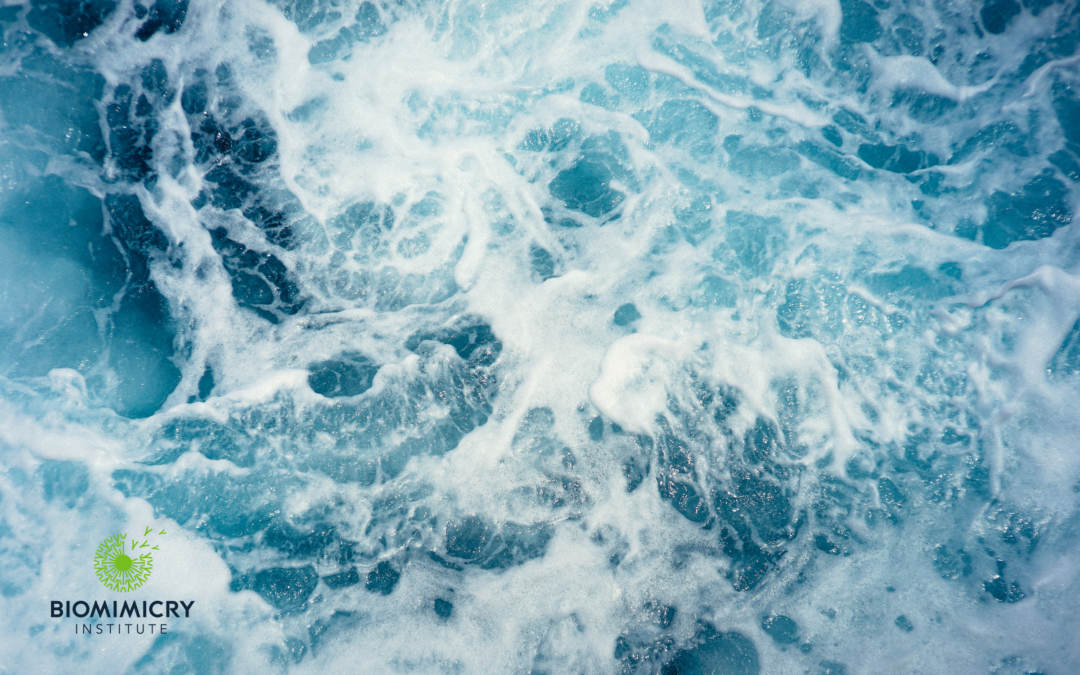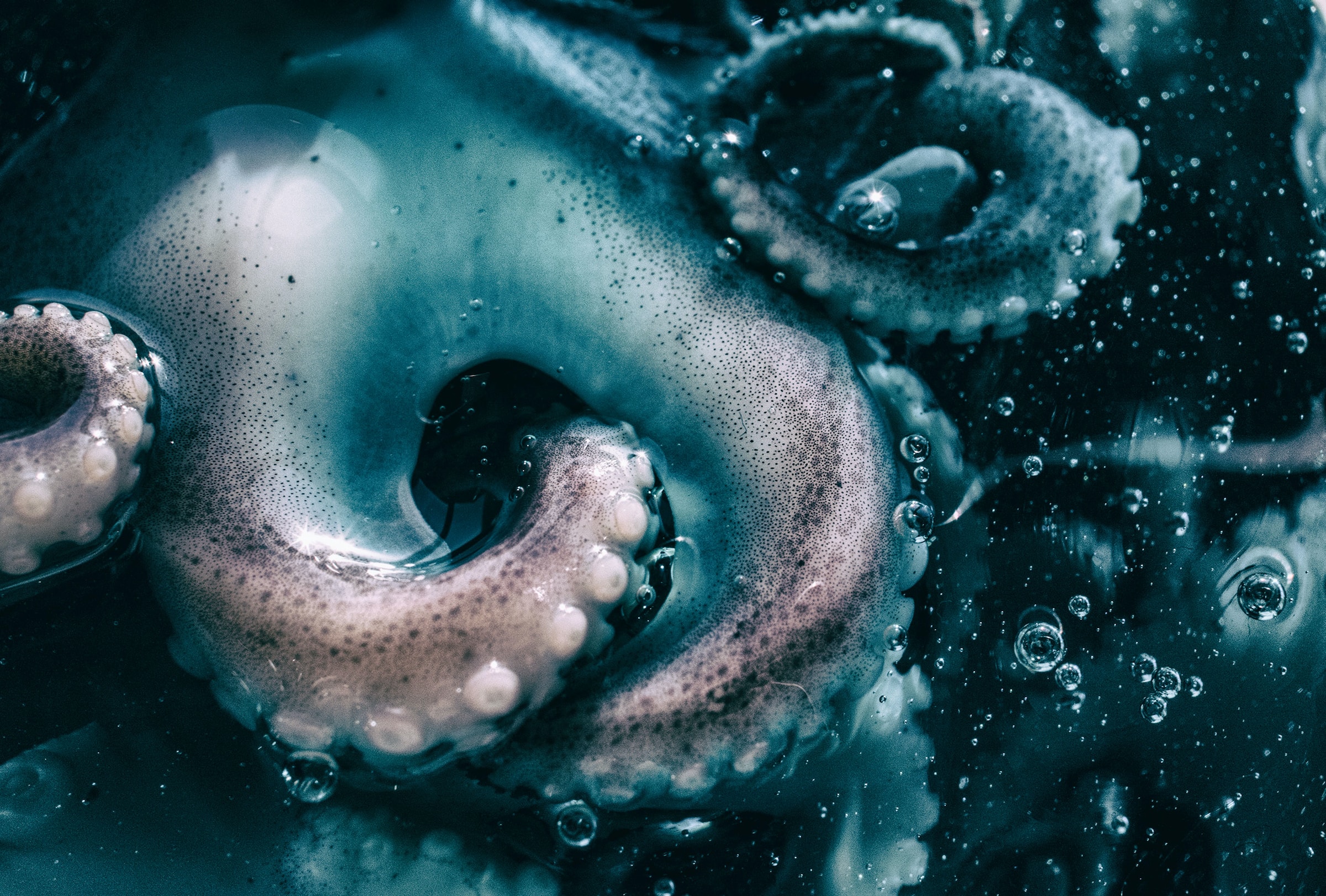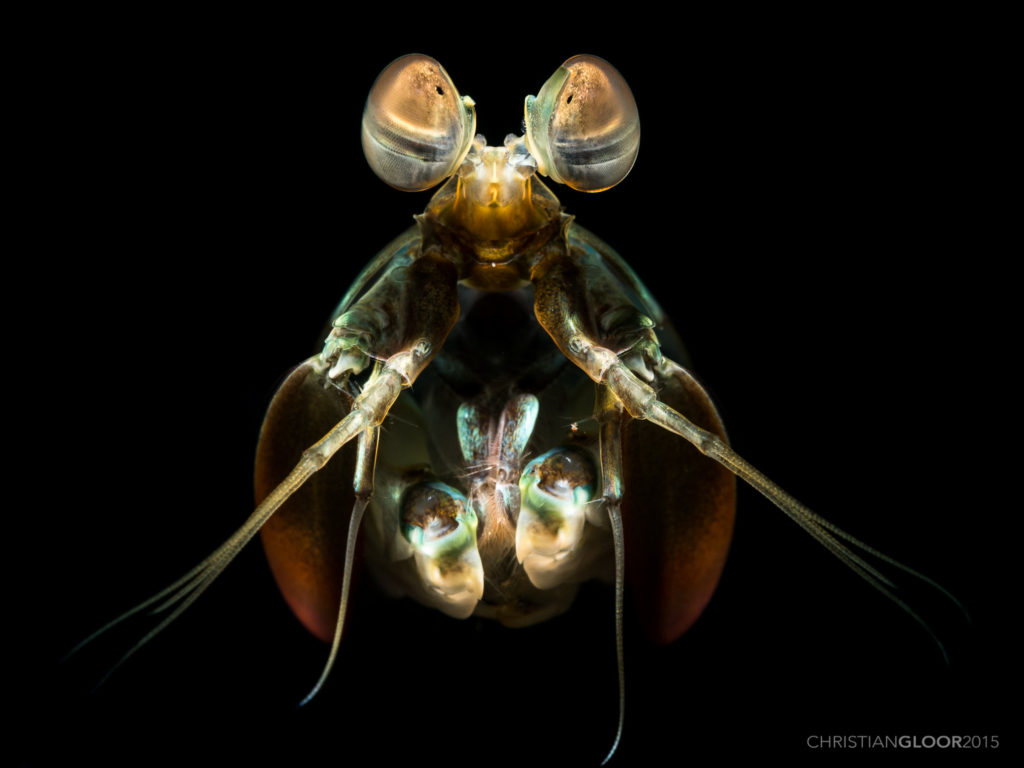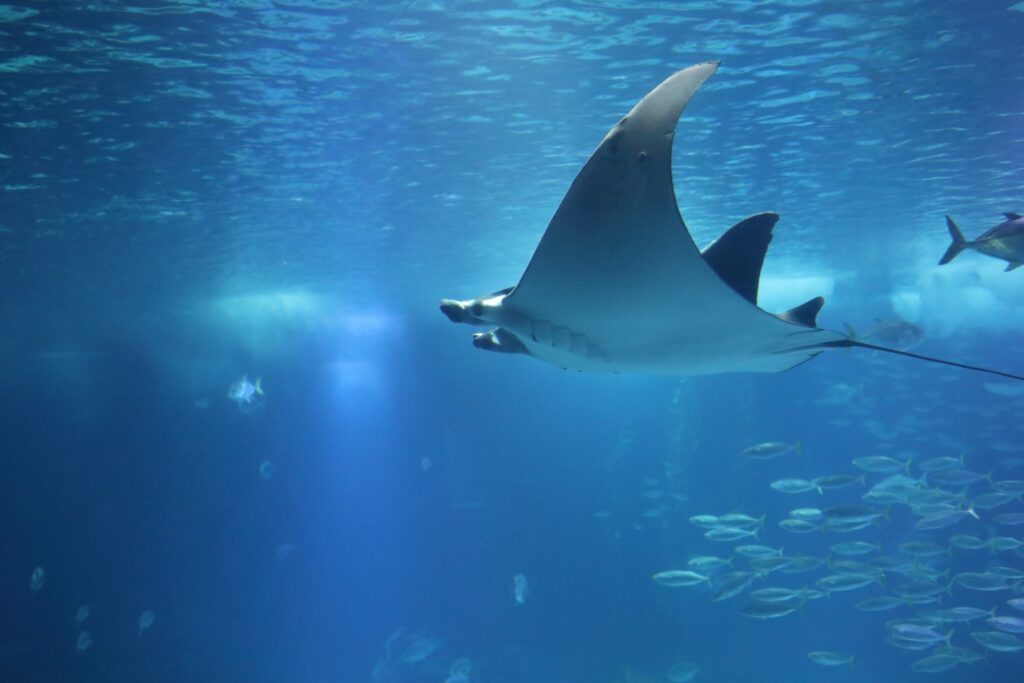The oceans—vast, awe-inspiring universes of beauty, mystery, and life—are an immeasurable library of information. Beneath the shimmering waves lies a hidden world of remarkable biodiversity, intricate ecosystems, and biological strategies that hold immense potential for our survival and progress.
This World Oceans Day, we are diving deeper into the myriad reasons why the preservation of our oceans and sea life is of paramount importance. Not only for the crucial role they play in our planet’s health, but the limitless potential for biomimicry—the case for protecting ocean life is undeniable.
Far beyond opportunities for emulation, oceans call us to reconnect with nature, appreciate the vastness of our planet, and recognize our shared responsibility to serve as stewards of ocean (and all) life. If we continue on the current trajectory, our waters may not be able to sustain life and global ocean biodiversity may be irreversibly lost. Ultimately, this means losing the potential to discover valuable solutions in nature that could improve our world and our lives.
Here are five of our favorite innovations and inspirations born from ocean life.
Soft Manipulator Inspired by Octopus Suckers
Octopus tentacles are able to grip a range of objects even smaller than the suckers themselves due to tiny projections called denticles. Inspired by these suckers, researchers at the University of Illinois Urbana Champaign developed an electrothermal manipulator with a layer of soft hydrogel that is temperature-responsive and can handle fragile, thin tissue for medical treatment, regenerative medicine, and surgery. By replicating this biological strategy, the temperature-responsive hydrogel can grip a thin tissue sheet in just 10 seconds, thereby providing efficient and safe transfer, and avoiding the risk of wrinkling or tissue damage. This also has potential applications in robotics and the automation of manufacturing processes.
Strong, Durable Composite Technology Inspired by the Mantis Shrimp
How Proteins Help Corals Build Rock Hard Reefs (And Much More)
Life beneath the waves is full of surprises–with corals actually creating some of the most remarkable, rock-hard structures on Earth. Thanks to recent discoveries, it is now understood that the jelly bean-sized corals of the sea have the capacity to form some of the most stunningly extensive structures on Earth–and it’s all thanks to proteins. By laying down these proteins in an organized way, corals form a scaffolding for minerals which then develop into strong, durable reefs. This remarkable process has spurred scientists and engineers to look to the sea for inspired, nature-based innovations. Prosthetic bone could benefit from the corals’ spatial arrangements for enhanced durability and strength, for example, while materials of all kinds have been developed thanks to the unique arrangements coral skeletons contain. Understanding how these proteins work could even be applied to developing buildings and other infrastructure, consumer goods, packaging, cars, trucks, and airplanes, just to name just a few.
Clog-Resistant Filtration System Inspired by the Giant Manta Ray
Beyond Emulation: Navigating Deeper Into Nature
In this special AskNature Collection, Lehua Kamalu–Voyaging Director for the Polynesian Voyaging Society and a National Geographic Explorer–discusses the importance of utilizing stars, clouds, wave patterns, birds ,and marine mammal populations in navigating the ancestral route ‘Kealaikahiki’–the pathway to Tahiti . Referring to them as the ‘leading edges’, they act as signposts by returning home to islands at night and accordingly, Kamalu explains the need to realize ‘the edge of an island’ stretches beyond the point visible to a navigator. Albatrosses, for example, travel in huge circles, and pods of dolphins are known landmarks. Kamalu emphasizes the reliance of now advanced navigation upon the creatures of the ocean, calling for a change in our attitude of ‘what we are doing’, accepting that we humans are as much a part of the animal’s environment as they are of ours. The navigator remarks on the peace found in the worldwide nature of the ocean–observing, understanding, appreciating the creatures that help to navigate us around it–and encourages us all to find that same peace in finding our place in it.






